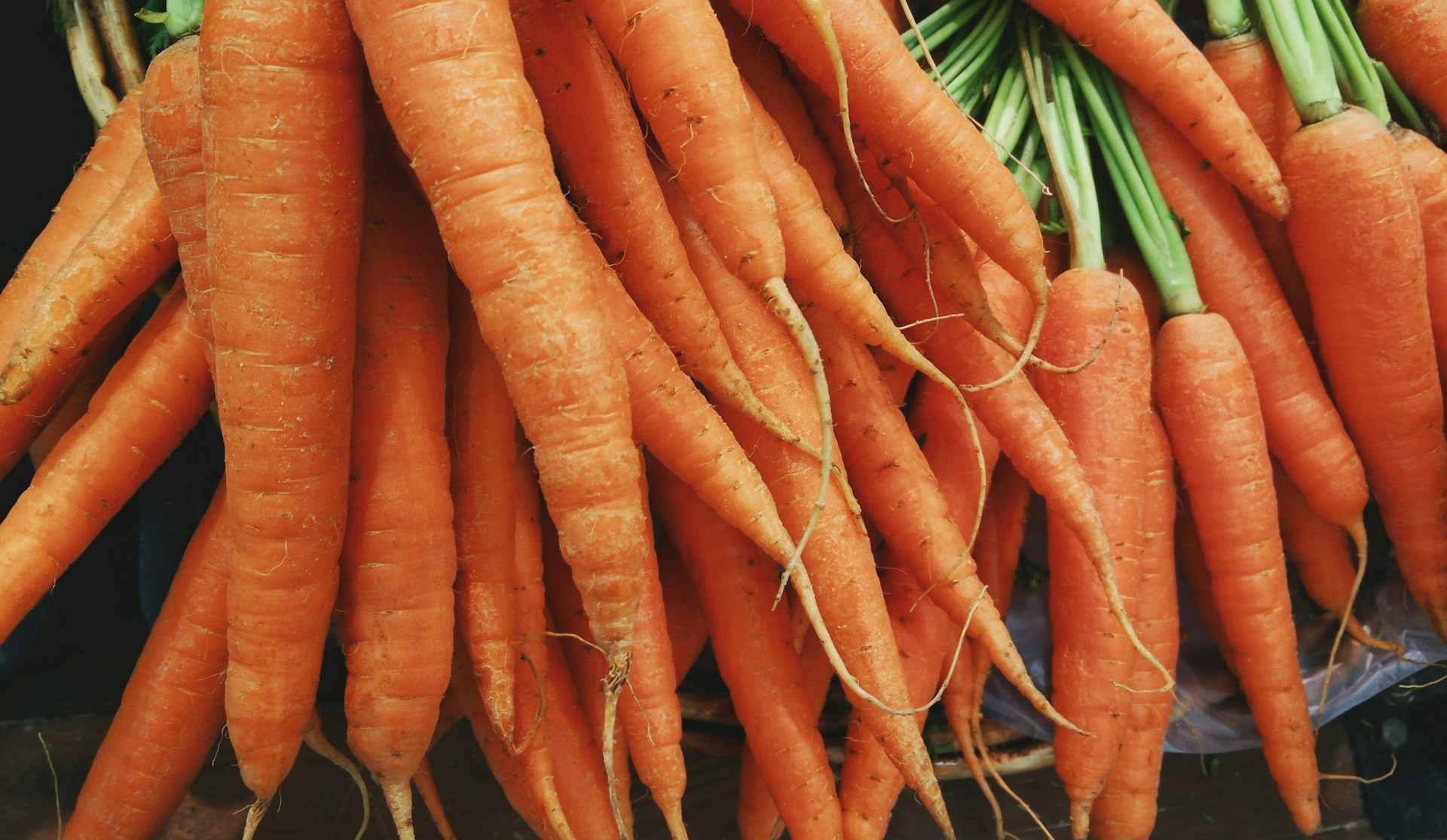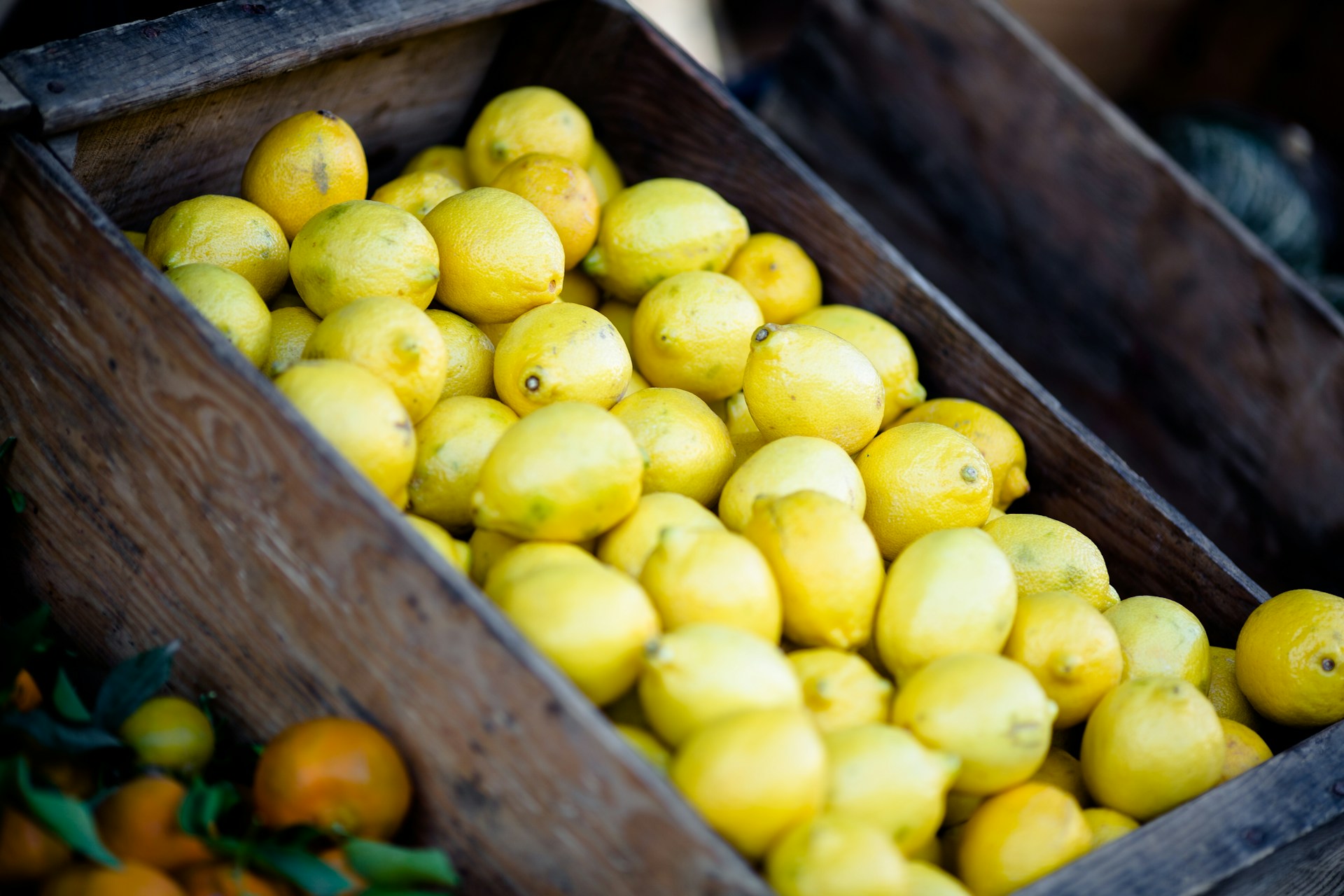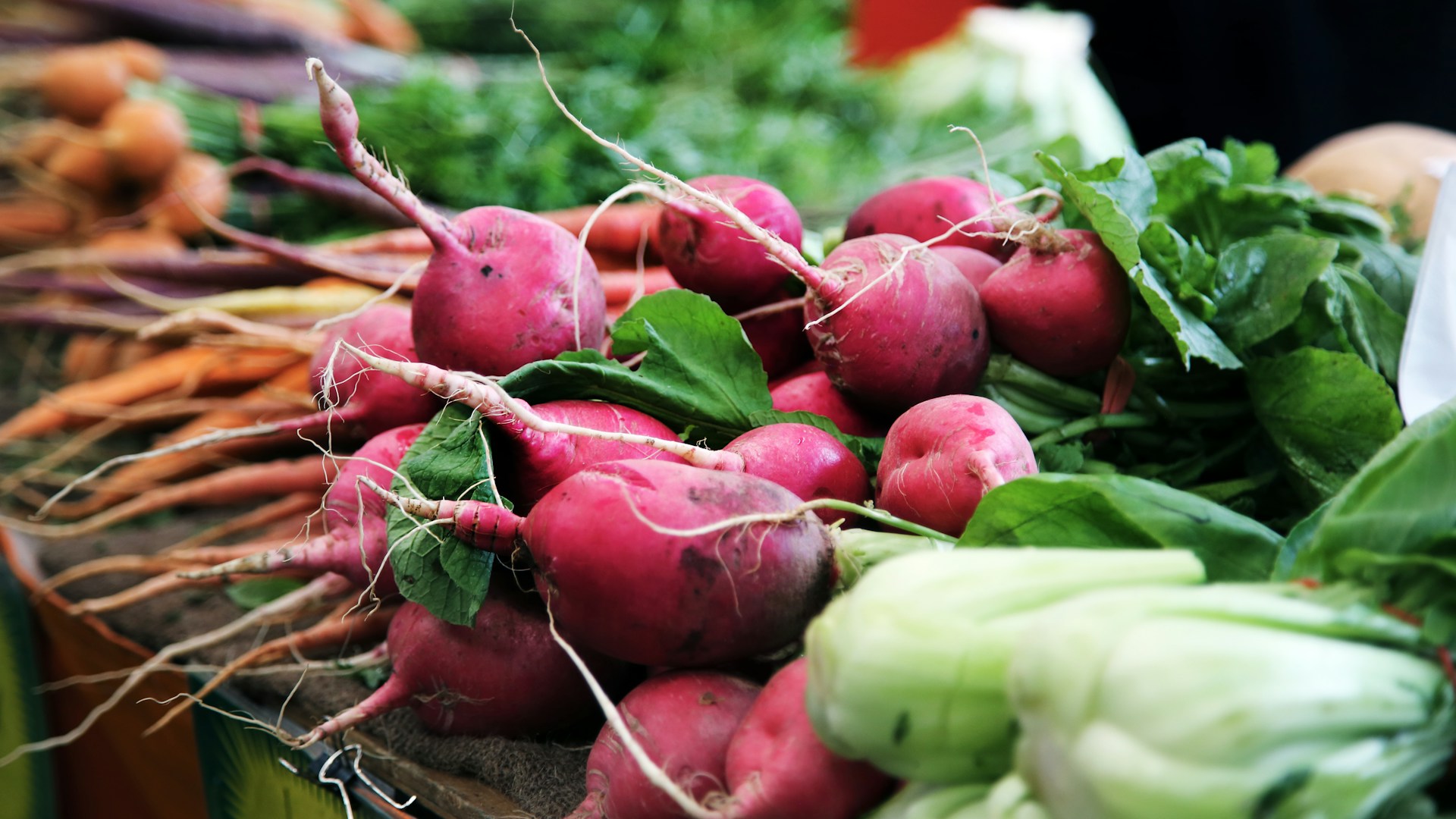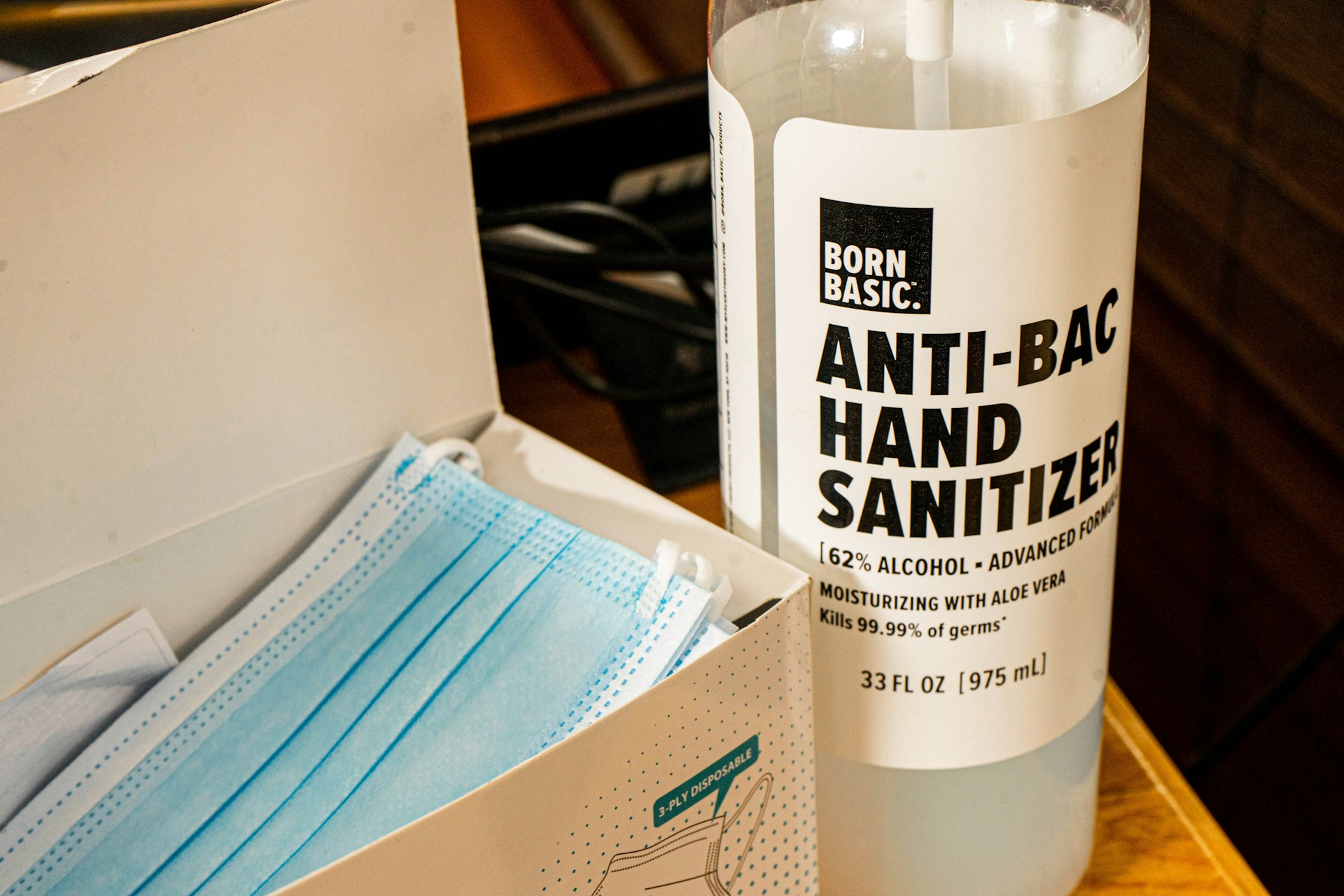The evolution and advances in technology are profoundly impacting sectors universally, including the increasingly critical domain of food safety.
Interestingly, one of the most impacted areas has been the processing of produce.
The discovery and implementation of several path-breaking technologies are reshaping this essential industry.
With foodborne infections and cross-contamination being global concerns, these innovations are not only aiding in eliminating potential risks but also raising the standards of food safety.
This blog offers a comprehensive overview of pioneering technologies that are currently elevating produce processing safety protocols.
Crucially, these systems and procedures are ensuring that our fruits and vegetables are safer and healthier than ever before.
Innovations Improving Produce Processing Safety
1. High-Pressure Food Processing to Kill Microorganisms
Food safety is an area that benefits from innovations in technology. One such innovation is in the use of high-pressure processing (HPP) to enhance produce safety.
This is a non-thermal food safety method, which means that it does not use heat to kill microorganisms that might be present in food.
The process involves subjecting products to high pressures, typically ranging from 100 to 800 MPa, in a short amount of time.
High-pressure processing has the ability to inactivate a wide variety of pathogens, including bacteria, yeast and molds, that may be present in the produce.
High pressure processing can kill pathogens without significantly affecting the taste, texture, or nutritional content of produce.
This gives it an advantage over other methods as it ensures the retention of the fresh-like characteristics of the produce.
Other beneficial enzymes that would be destroyed by heat treatments are also preserved in the process.
The high-pressure processing method can be used for a wide variety of produce items, including fruits, vegetables, juices, and ready-to-eat meals.
Because of its ability to enhance produce safety, many food and beverage companies are now incorporating high-pressure processing into their regular product safety routines.
Despite its many advantages, however, high-pressure processing does have some limitations.
It can be less effective on produce items with high fat and protein contents.
It also requires specialized equipment and skilled personnel to operate the process correctly, creating potential barriers to entry for smaller businesses.
Nonetheless, with the increasing demands for safer and fresher foods, the adoption of high-pressure processing is only expected to grow.
By killing potentially harmful microorganisms while preserving the taste, texture, and nutritional value of produce, high-pressure processing marks an important innovation in the drive towards better food safety.
Moreover, the progression of technology offers possibilities for overcoming constraints associated with this method, leading to its wider adoption in the food industry.
In this way, high-pressure food processing continues to contribute to the ongoing quest for solutions which efficiently and safely improve produce processing.
2. Ultraviolet Light for Produce Sanitization
One of the most promising innovations in the field of produce processing safety is the use of ultraviolet light for sanitization.
Ultraviolet (UV) light has the capability to kill a broad range of microorganisms, including bacteria, viruses, and fungi.
Because of this, it has found applications in numerous industries, from wastewater treatment to healthcare.
Now, this technology is being leveraged in the food industry to enhance the safety of produce.
The advantage of using UV light for sanitizing produce is that it is a non-contact method, meaning that it doesn’t require any chemicals or physical contact with the food.
This drastically reduces the risk of cross-contamination and does not leave any harmful residues on the produce
.The exact method of using UV light for sanitizing produce may vary, but generally, the process involves passing the produce under a UV light source.
It is important for the light to reach all parts of the produce to ensure thorough sanitation.
Research has shown that UV light can effectively reduce the number of harmful pathogens present on the surface of fruits and vegetables.
Furthermore, UV light is a sustainable and environmentally friendly sanitation method as it does not produce any waste or byproducts.
One potential challenge in implementing UV light sanitization is ensuring that the light reaches all surfaces of the produce, including the crevices and undersides of leafy greens or fruits with irregular surfaces.
To overcome this, many systems incorporate multiple light sources or use conveyors to turn the produce and ensure all sides are exposed to the light.
Furthermore, continued research and development efforts are ongoing to further improve the efficacy of UV light sanitization in produce processing.
Coupled with other emerging technologies, UV light sanitization holds great potential in increasing food safety and ultimately protecting consumers’ health.
In the near future, it is expected that this technique will become an integral part of produce processing safety protocols across the global food industry.
3. Nano-sensor Technology for Pathogen Detection
With the increasing expansion of the world’s food supply chain, the introduction of nano-sensor technology is timely, and serves the fundamental purpose of ensuring food safety, especially for produce processing.
The hallmark of nano-sensor technology is its unmatched sensitivity and precision in pathogen detection, reducing the risk of contamination and resultant foodborne illnesses.
In the context of produce processing, nano-sensors can identify hazardous pathogens in food materials that would have otherwise gone unnoticed with traditional testing systems.
This technology operates at the molecular level, providing instantaneous detection that allows for immediate corrective action if a potential risk is identified.
The characteristics of nano-sensors, such as their small size and efficient detection speed, make them an ideal inclusion in the produce processing industry where speed, accuracy and safety are paramount.
Given the delicate nature of produce, nano-sensor technology poses a non-destructive and non-invasive pathogen detection solution.
The use of this technology in produce processing will significantly reduce hazardous outbreaks associated with microbial contamination.
By incorporating nano-sensor technology into the processing lines, food production facilities can improve the quality control of their produce, and ensure it is safe for consumption.
Also, it is worth noting that the advent of nano-sensor technology in food safety brings about a shift in traditional food processing methods towards a more proactive, preventative approach.
This shift in approach empowers the industry to prevent foodborne disease outbreaks at their source, as opposed to merely reacting to them after they have occurred.
Furthermore, within the scope of its broad utility, nano-sensor technology holds the potential to detect a range of harmful pathogens, across all types of produce processing chains.
Another significant gain from the application of this technology is its contribution in reducing food waste, by increasing the shelf life of produce via its advanced safety measures.
It also provides a means for the industry to accommodate the increasing global demand for fresh produce, without compromising on its safety and quality.
Undoubtedly, the integration of nano-sensor technology into the produce processing industry offers promising results in enhancing food safety protocols.
While the practical applications of nano-sensor technology in produce processing are still being explored, its potential to reshape the industry standards for food safety is undeniable and momentous.
4. Pulsed Light Sterilization Enhances Food Safety
In the world of food processing, pulsed light sterilization has emerged as a powerful tool to enhance food safety.
The technology utilizes short, intense pulses of light to kill pathogenic microorganisms, a method that is efficient, environmentally friendly and does not affect the quality of the food.
One of the main features that set this technology apart is its rapid processing speed and broad range of effect.
Pulsed light sterilization offers a fast and non-thermal method of decontamination without necessitating prolonged exposure times or high temperatures.
This results in a significant advantage over conventional heat-based methods which may cause unwanted changes in the food’s taste, texture, or nutritional content.
Even better, pulsed light sterilization can also reduce the use of chemical preservatives, facilitating a cleaner labeling trend within the food industry.
Owing to its versatility, it can be applied to a wide variety of food types, including fresh produce, dairy products, meats, and seafood, ensuring comprehensive food safety.
Additionally, by generating an intense light of a broad spectrum, pulsed light sterilization has the potential to attack and destroy multiple types of bacteria and viruses in one go.
Despite the significant benefits pulsed light sterilization provides, one of its challenges is achieving even distribution of light across the entire surface area of food products.
However, many companies are developing innovative mechanisms, like rotating turntables or tumbling drums, to improve the uniformity of light distribution across the food surfaces.
Indeed, when used in conjunction with other safety measures and systems, pulsed light sterilization can be a key component of a comprehensive and integrated approach to food safety.
Awareness of this innovative technology is growing across the food processing industry, with various food manufacturers now exploring the use of pulsed light sterilization for their food safety programs.
A testament to its potential and effectiveness, the U.S. Food and Drug Administration approved pulsed light as a food processing intervention back in the late 1990s.
Undeniably, with its ability to enhance food safety while preserving qualities important to consumers, pulsed light sterilization embodies the future of food processing.
5. Edible Coatings for Enhanced Fruit Safety
One of the cutting-edge innovations in the field of food safety is the use of edible coatings on fruits.
Edible coatings serve as a physical barrier, preventing both damage to the fruit and microbial contamination.
These protective layers are typically derived from natural substances, such as waxes, proteins or polysaccharides.
Through the use of edible coatings, the shelf-life of fruits can be significantly extended without the use of artificial preservatives.
This approach to food safety not only reduces the risk of food borne illnesses but also helps to reduce food waste, which is a pressing environmental issue.
The technology involved in applying these coatings is rapidly advancing, with the incorporation of antimicrobial agents directly into the coatings becoming more prevalent.
These agents can include essential oils, enzymes or specially designed compounds that actively kill or inhibit the growth of foodborne pathogens.
Moreover, edible coatings can provide a platform for integrating nanosensor technology, that would allow real-time monitoring of microbial contamination.
Advancements in this field are opening up new possibilities, such as the development of ‘active’ coatings that can release antimicrobial agents over time, providing prolonged protection.
It’s worth noting that the safety and efficacy of edible coatings are strictly regulated by the Food and Drug Administration (FDA) in the United States.
Public acceptance of the use of such technologies is also incredibly important and research is ongoing to assess the consumer perception of edible coatings.
Furthermore, the economic impact of the production and application of edible coatings are also being evaluated to ensure they are a viable option for widespread use.
The adoption of edible coatings for fruit safety emphasizes the importance of innovations improving produce processing safety.
It’s an ideal solution that combines the necessity of food safety with the global push for more sustainable and eco-friendly practices in all sectors, including food production and distribution.
Overall, the development and use of edible coatings represent an exciting leap into the future of produce processing and safety.
The Bottom Line
Advancements in food safety technology, such as high-pressure food processing and ultraviolet light sanitization, continue to significantly impact the level of safety in our food supply chain.
The development and application of innovative disinfection methods, such as pulsed light sterilization, have critically enhanced food safety.
The increasing usage of nano-sensor technology in pathogen detection opens up vast opportunities for early detection and prevention of foodborne illness.
Furthermore, novel techniques like edible coatings for fruits provide additional layers of protection, allowing consumers to enjoy fresh produce with peace of mind.
As technology continues to evolve, the horizon of food safety and sanitation is expected to become even broader, promising safer food consumption for everyone.




